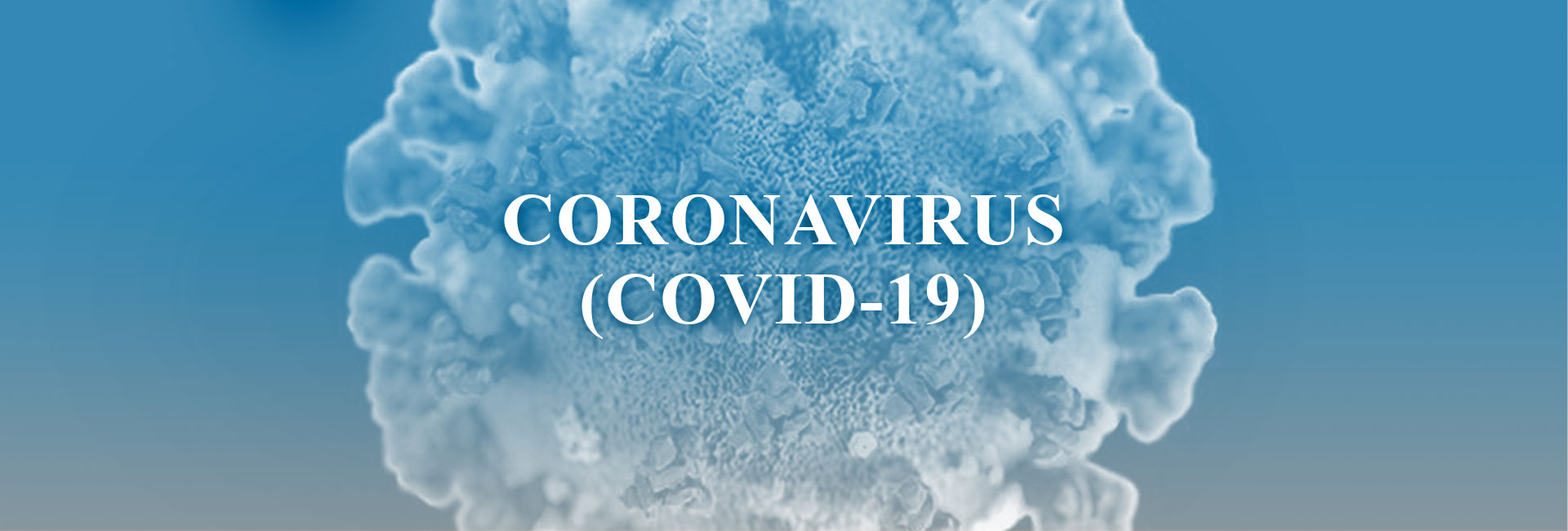
Governor Jared Polis announced the key indicators that are guiding Colorado’s process for ongoing updates to policies, guidance, and requirements on statewide social distancing measures. These will be used to get the state through COVID-19 pandemic while minimizing loss of life and further economic disruption.
“Coloradans have done an amazing job of staying at home. Staying at home whenever possible is likely to remain one of the most important, if not the most important tool we have to flatten the curve and save lives. But we also know that we are in this for the long haul. It is likely to be many months until there is a vaccine or herd immunity, and we need a way of life that is sustainable psychologically and economically while meeting the health goals spelled out today,” said Gov. Jared Polis. “As we reopen our state, we know that things will work differently than they did before, and we must enshrine social distancing in the way we live, work, and play in a sustainable way for a matter of months. The science and data will provide the information we need to adapt our policies to build upon what works and change what isn’t working.”
The Governor thanked Coloradans for working together to help flatten the curve and save lives. The Governor also noted that expanding capacity for health care beds is on track. Gov. Polis is focused on sustainability and ensuring that Coloradans are able to safely earn a living without the risk of running out of hospital beds after the expiration of the stay-at-home order.
Current steps to stop the spread of COVID-19, including the temporary closure of bars and restaurants in Colorado communities, the state’s stay-at-home order, and the cultural adaptation of mask-wearing, have yielded positive results in slowing the spread of COVID-19. But these swift measures have also taken a toll on the state and local economies and threatened the state’s health care system and most vulnerable populations.
Until Colorado builds immunity – through a vaccine or herd immunity – or until scientists are able to deliver a truly effective clinical treatment, the state will need to:
• Implement social distancing measures in an economically and psychologically sustainable manner
• Ensure the capacity to care for those who are ill (COVID-19 and non-COVID-19 related illnesses) without sacrificing the quality of care
• Increase efforts to prevent infection in vulnerable Coloradans
The Governor outlined three stages for the state’s response to COVID-19: urgent, stabilization, and recovery. Colorado is currently in the urgent phase and the Governor discussed how Colorado will get to stabilization and recovery.
The state of Colorado continues working toward a return to a sustainable way of life that protects public health and the economy. Key elements of that strategy include:
• Increasing the capability to protect Coloradans and communities through forms of testing and support for those who test positive or have been exposed.
o Increased testing
o Testing must be coupled with robust containment efforts locally, regionally, and statewide.
o Robust containment includes: Expanded contact tracing capacity; Increased epidemiology staff; Expanded isolation support services.
• Reducing the spread to vulnerable Coloradans who are at risk.
o Taking additional steps to protect nursing homes, senior care facilities.
o Action plan for responding to outbreaks as they occur
• Hospitals and health systems managing increased demand.
o Hospitals have internally increased beds
o New beds through additional alternative care sites:
Ranch, Larimer County Fairgrounds and Events Complex
Colorado Convention Center in Denver
St. Anthony North in Westminster
St. Mary-Corwin Medical Center in Pueblo
Western Slope Memory Care in Grand Junction
• Businesses maintaining physical and social distancing.
o Non-critical businesses will need to engage in similar social distancing measures, which will be enforced, as the critical businesses are during this period of time including but not limited to wearing masks, physical distancing, staggering shifts, and allowing telecommuting to the extent practicable
These key indicators will inform ongoing monitoring and potential modifications of social distancing measures, like reinstating stay-at-home orders at the community level, regionally or statewide if necessary.
Within the next five days, the state expects the data and the science to determine what level of suppression the stay-at-home order has achieved. Also within the next five days, the state expects to have the data and science to determine what level of ongoing social distancing Coloradans need to strive for to effectively manage the future spread of COVID-19.
Moving forward, the state will be reporting facility-level data on a weekly basis. This information will include the name and type of the facility, date the outbreak occurred, and total cases reported there. Data will cover health care, correctional and other settings. This can include long-term care facilities, assisted living facilities, state prisons, county and city jails, factories, schools, child care centers, and more. There are currently 231 nursing facilities, 706 assisted living facilities and 21 intermediate care facilities in Colorado. In addition, the Colorado Hospital Association has announced that hospitals will now be releasing information about discharges.
To view the Governor’s presentation click here.
To volunteer visit HelpColoradoNow.org
To stay up to date, visit COVID19.Colorado.gov
